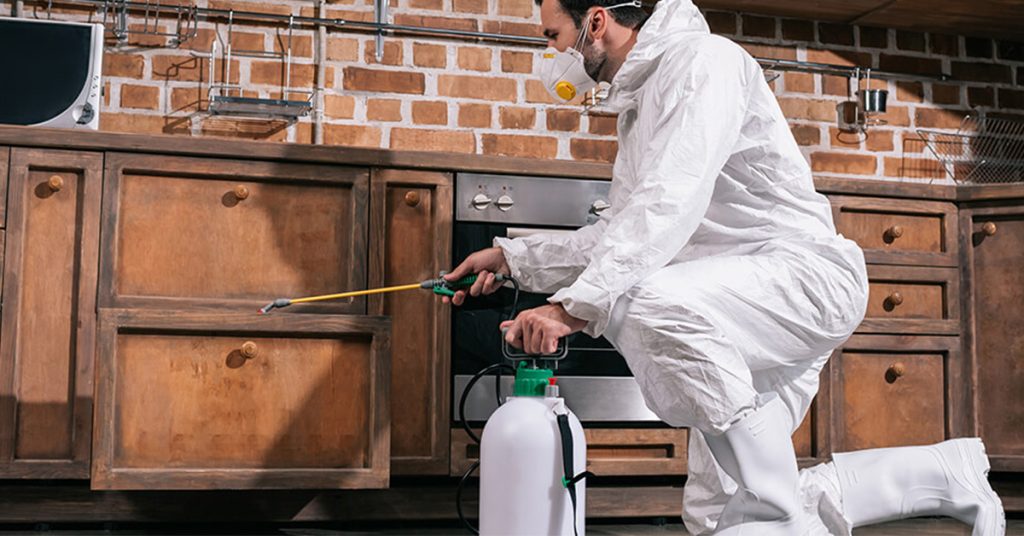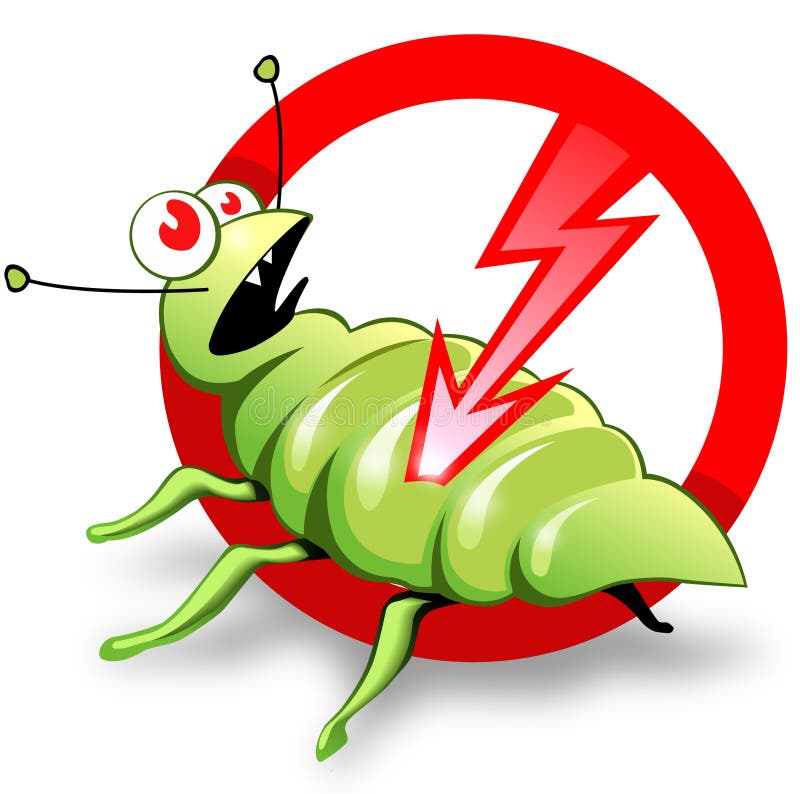Eco-Friendly and Efficient Treatments by Pest Control Lockhart
Eco-Friendly and Efficient Treatments by Pest Control Lockhart
Blog Article
Discovering Invasion and Treatment Approaches on the planet of Pest Control
The landscape of parasite control includes a myriad of difficulties, particularly as problems of common house bugs remain to progress. Understanding the actions and reproductive patterns of these nuisances is important for developing efficient treatment methods. By integrating safety nets with sophisticated management methods, such as Integrated Pest Administration (IPM), homeowners can better guard their environments. The performance of these methods may vary considerably based on details situations. What underlying variables add to the success or failure of these methods in various setups?

Typical House Vermin
When it comes to managing our home, recognizing typical house pests is essential. These insects not only disrupt our comfort but can also position health risks and damage home. The most prevalent home bugs consist of ants, roaches, rats, termites, and bed insects.
Ants, commonly seen foraging in cooking areas, can pollute food and establish large colonies. Cockroaches, understood for their resilience, can trigger allergic reactions and spread pathogens. Rats, consisting of mice and rats, can cause architectural damage and bring diseases like hantavirus and salmonella. Termites, frequently referred to as "quiet destroyers," can jeopardize the integrity of wood frameworks, resulting in costly fixings. Bed pests, although not condition providers, can create substantial pain through their attacks and result in psychological distress.
Acknowledging the indications of these pests, such as droppings, nests, or bite marks, is necessary for early treatment (Pest Control Lockhart). Proper sanitation techniques, securing access points, and preserving a clutter-free setting are efficient preventative measures. By recognizing these usual home parasites and comprehending their actions, homeowners can take aggressive steps to minimize infestations, making certain a healthier living environment
Understanding Bug Infestations
Pest problems can escalate swiftly, turning a small annoyance into a considerable issue otherwise resolved promptly. Understanding the nature of these problems is critical for efficient monitoring. Parasites can get into domestic and commercial areas for numerous reasons, including the look for food, sanctuary, or reproducing premises. Usual factors adding to infestations include bad hygiene, architectural vulnerabilities, and seasonal adjustments that drive insects inside your home.
Identifying the kind of pest is crucial, as various varieties show diverse habits and reproductive prices. Rats may develop nests in covert locations while insects like cockroaches flourish in wet atmospheres. Early detection usually depends upon identifying indicators such as droppings, nibble marks, or uncommon noises, which can indicate a trouble prior to it ends up being severe.
Cozy, humid environments can promote the quick development of bug populations, while adjustments in landscape design or building can unintentionally develop helpful settings. An enlightened strategy to understanding these characteristics lays the foundation for effective parasite management methods in the future.
Treatment Techniques and Techniques
Efficient therapy methods and techniques are necessary for reducing bug problems and recovering a risk-free environment. A diverse method is frequently best, incorporating chemical, organic, and mechanical techniques customized to the certain insect and the intensity of the problem.
Chemical treatments include using insecticides and herbicides, which can properly eliminate pests. Nonetheless, appropriate application and adherence to safety and security standards are crucial to decrease threats to humans and non-target organisms. Integrated Parasite Administration (IPM) urges the sensible use chemicals as a last resort, relying rather on monitoring and limit levels to identify intervention demands.
Biological control methods entail presenting all-natural killers or bloodsuckers to reduce bug populaces. This approach is significantly preferred, especially in farming setups, as it promotes environmental sustainability.
Mechanical techniques, such as catches and barriers, offer instant remedy for bugs without presenting chemicals. Options include sticky traps for bugs or physical obstacles for rodents.
Eventually, the choice of treatment method must think about the certain bug, the environment, and prospective influence on human health and wellness and communities. A balanced combination of these strategies can successfully handle invasions while advertising long-term pest control remedies.
Preventative Measures for Homes
Proactively dealing with parasite problems before they rise is vital for keeping a healthy and balanced home environment (Pest Control Lockhart). Applying efficient safety nets can substantially minimize the probability of infestations, inevitably securing both your home and well-being

Correct landscape design also plays an important duty in prevention. Keeping hedges and trees cut you could check here away from your home minimizes the opportunities of insects discovering their method inside your home. Furthermore, ensure that water drainage systems are working successfully to stop standing water, which can attract insects and other bugs.
Lastly, regular examinations are advisable. Regularly looking for indicators of parasite activity enables very early intervention. By taking on these safety nets, homeowners can develop a setting that is less congenial to parasites, consequently enhancing their total lifestyle and reducing the need for comprehensive insect control interventions.
Business Bug Control Methods
A thorough technique to commercial bug control is crucial for organizations aiming to keep a risk-free and over here sanitary environment. Efficient strategies include a mix of regular examinations, worker training, and the execution of Integrated Pest Administration (IPM) techniques.
Regular assessments make it possible for early discovery of parasite activity, permitting for timely intervention. Organizations should establish a regular timetable for these assessments, focusing on high-risk locations such as cooking areas, storage spaces, and garbage disposal websites. Employee training is equally vital; team should be educated on the indications of bug problems and the relevance of reporting them right away.
Carrying out IPM techniques aids mitigate pest issues sustainably. This includes habitat adjustment, such as sealing entrance factors and reducing clutter, as well as employing natural deterrents before resorting to chemical treatments.

Moreover, collaborating with a licensed pest control service provider makes sure access to expert knowledge and advanced therapy alternatives. This collaboration can cause personalized bug control plans tailored to the specific demands of the organization, decreasing dangers and improving overall efficacy. Inevitably, a positive and educated approach fosters a pest-free environment, protecting both public health and wellness and organization track record.
Final Thought
In verdict, efficient parasite control necessitates a detailed understanding of common family parasites and their behaviors, combined with targeted therapy methods. Carrying out precautionary actions alongside treatment approaches such as Integrated Pest Administration and organic control boosts the ability website here to reduce problems.
Report this page